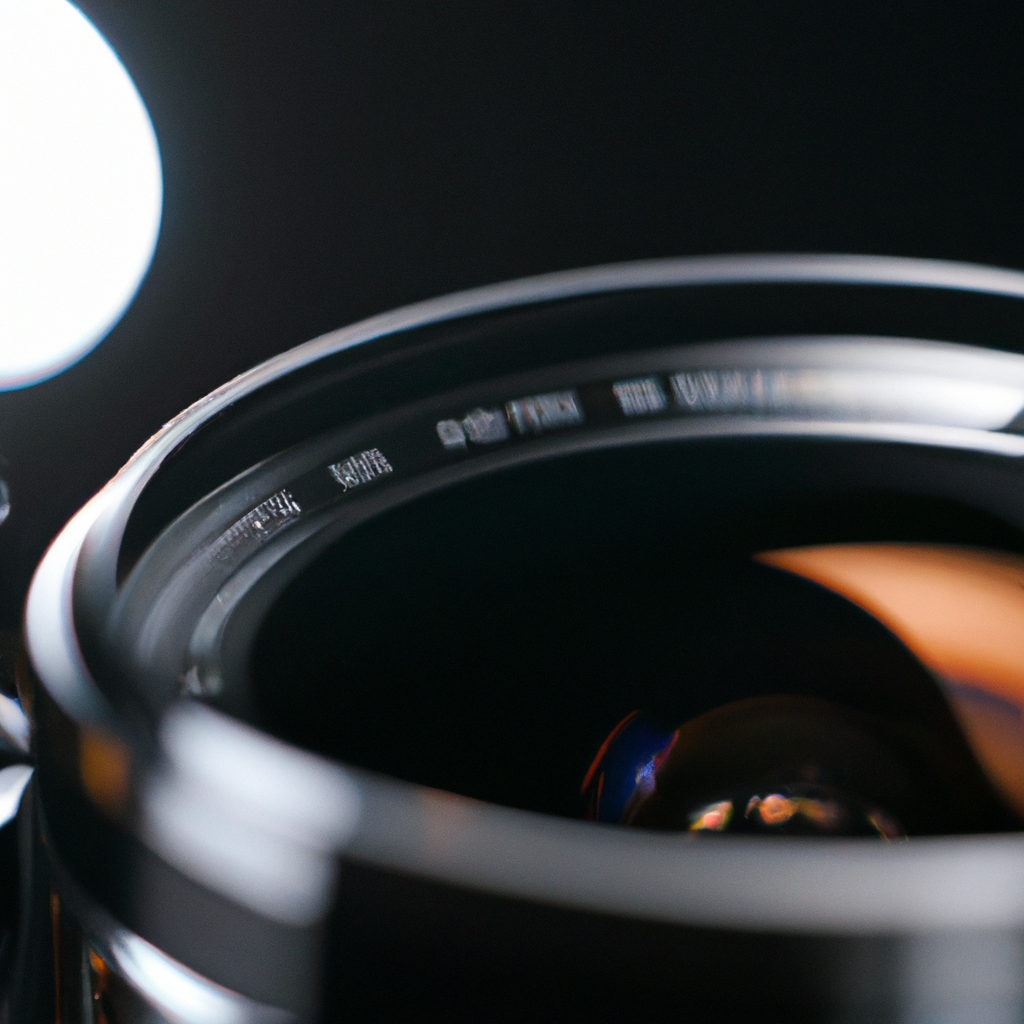Cameras have come a long way since the invention of the first camera obscura in the 17th century. Today, DSLR cameras are a popular choice among professional and amateur photographers alike for their superior image quality and advanced features. But how does a DSLR camera work? In this article, we will explore the inner workings of a DSLR camera and its various components.
What is a DSLR camera?

DSLR stands for Digital Single Lens Reflex. It is a type of digital camera that uses a mirror and prism system to reflect light from the lens to the viewfinder. The mirror is located behind the lens and reflects the light up to a prism, which then directs the light towards the viewfinder. This allows the photographer to see exactly what the lens sees, making it easier to compose the shot.
Camera technology
DSLR cameras use advanced technology to capture high-quality images. Here are some of the key components of a DSLR camera:
- Image sensor – this is the part of the camera that captures the image. DSLR cameras use either a CCD or CMOS sensor.
- Processor – the processor in a DSLR camera converts the raw data captured by the image sensor into a digital image.
- Lens – the lens is a crucial component of a DSLR camera. It determines the quality of the image and the type of shot that can be taken.
- Shutter – the shutter controls the amount of time that the image sensor is exposed to light. It opens and closes to capture the image.
- Viewfinder – the viewfinder allows the photographer to see what the lens sees. It is located at the top of the camera body.
- Display screen – the display screen is located at the back of the camera body. It allows the photographer to review images and access camera settings.
Digital photography
DSLR cameras have revolutionized digital photography. Unlike film cameras, which use a physical film to capture images, DSLR cameras use a digital image sensor. This allows for instant image review and eliminates the need for film development. Additionally, DSLR cameras offer a range of features that make it easier to capture great images, such as autofocus, exposure compensation, and white balance control.
Camera lenses
One of the most important components of a DSLR camera is the lens. There are a variety of lenses available for DSLR cameras, each with its own unique features. Here are some common types of lenses:
- Standard lens – this is the lens that comes with most DSLR cameras. It has a focal length of around 50mm and is suitable for general photography.
- Zoom lens – a zoom lens allows the photographer to adjust the focal length, making it possible to take both wide-angle and telephoto shots.
- Prime lens – a prime lens has a fixed focal length, meaning that the photographer has to physically move closer or farther away from the subject to change the composition.
- Macro lens – a macro lens is designed for close-up photography, allowing the photographer to capture fine details.
Camera features
DSLR cameras offer a range of features that make it easier to take great photos. Here are some common features:
- Autofocus – autofocus allows the camera to automatically focus on the subject, making it easier to capture sharp images.
- Exposure compensation – exposure compensation allows the photographer to adjust the exposure of the image, making it brighter or darker.
- White balance control – white balance control adjusts the color temperature of the image, making it appear more natural.
- ISO control – ISO control adjusts the sensitivity of the image sensor, making it possible to capture images in low light conditions.
- Burst mode – burst mode allows the camera to take multiple shots in quick succession, making it easier to capture fast-moving subjects.
In conclusion, DSLR cameras are a popular choice among photographers for their superior image quality and advanced features. The mirror and prism system, image sensor, processor, lens, shutter, viewfinder, and display screen work together to capture high-quality images. With a range of lenses and features, DSLR cameras make it easier than ever to take great photos.






